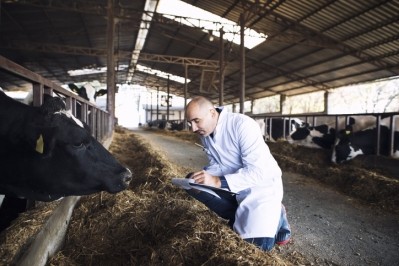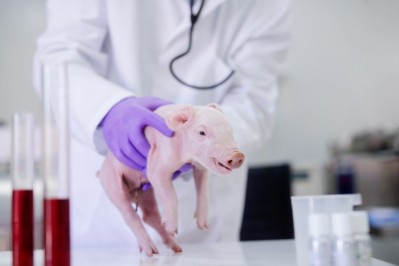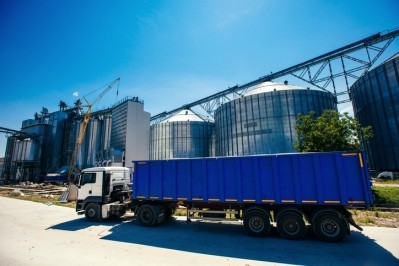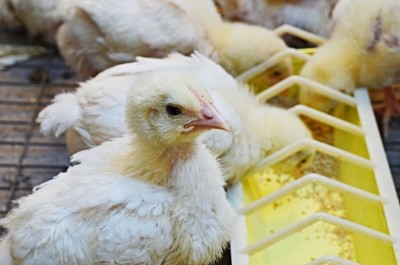Further antibiotic reductions in UK farming praised
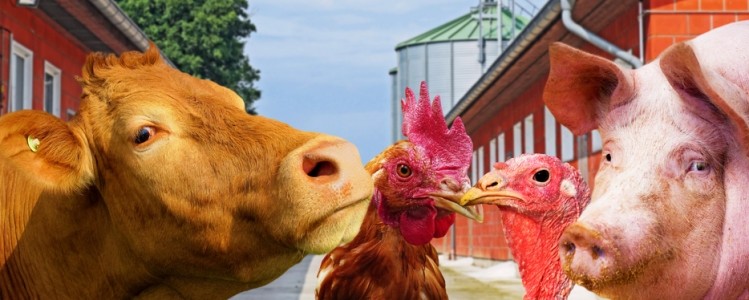
It said it particularly welcomed the 29% in sales of highest priority critically important antibiotics (HP-CIAs).
A publication released by the UK’s Veterinary Medicines Directorate (VMD) last week showed the gains. The 2017 Veterinary Antimicrobial Resistance and Sales Surveillance (VARSS) showed sales of veterinary antibiotics for use in farm animals in the UK have fallen by 40% overall since 2013, and now sit at 37mg/kg.
The VMD’s surveillance program also highlighted that resistance to antibiotics in bacterial isolates taken from food-producing animals remains low for most antibiotics, and is absent for others.
Data collection
The UK is now one of the lowest users of antibiotics for farm animals in Europe. However, RUMA said work remains to be done to lower usage further, particularly in the ruminant sector. Data collection remains crucial in that regard.
As a large percentage of products are used to treat multiple species of animal, figures for actual use by species, on farms, are critical to understand patterns in individual sectors, said RUMA.
Most of the reductions over the past few years have come from first the poultry meat sector, then pig and gamebird sectors, which have all released comprehensive usage figures covering almost all their producers.
National data on dairy and beef sectors remains harder to capture due to their more diverse supply chains, the large number of producers involved and greater prevalence of mixed enterprise operations, said RUMA chair, Gwyn Jones.
“This means we can’t be sure of how representative the figures are. For example, antibiotic usage figures in the 2017 VARSS report indicate that dairy cows fell from 26mg/kg in 2016 to 17mg/kg in 2017. This is based on one large dataset of veterinary practice prescriptions – the best we currently have – but we must be mindful that because this database covers 31% of dairy cows, it may not be typical of the whole dairy sector.
“Recent studies have also suggested that while few antibiotics are used in the best dairy operations, a small number of farms could be responsible for a large portion of use. Improving the quality of data collection can only help us better understand where we really are, and inform and advise those who need to change their practices,” he said.
He said similar issues have arisen in beef cattle with the relatively small dataset in the 2017 VARSS report suggesting antibiotic use at 19mg/kg, whereas it was previously considered to be lower. “A wide range across different types and stages of beef production is likely, but we won’t know unless we have meaningful national data from producers themselves.”
RUMA suggests an electronic Medicine Book (eMB) for cattle could help in this respect, and it noted a pilot project currently being run at the Agriculture and Horticulture Development Board (AHDB) - eMB-Cattle – which they said could make a difference. It is modelled on the successful eMB-Pigs, which is based on a Red Tractor assurance requirement, and secured antibiotic usage data for around 90% of the national pig herd in 2017.
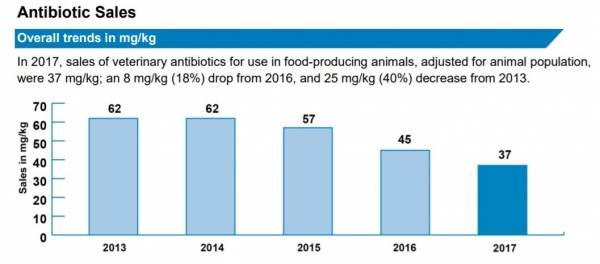
Pig progress
The VARSS report highlighted the progress made in the pig sector, including a 28% reduction in overall use to 131mg/kg in 2017 and HP-CIA usage at just 0.1mg/kg.
Georgina Crayford, senior policy officer at the UK’s National Pig Association (NPA), said the data contained good news on levels of resistance to HP-CIAs in pigs. Indicator E.coli isolated from healthy pigs at slaughter was either not detected, or remained low, while no resistance to HP-CIAs was detected in Salmonella isolated from pigs either, she said.
“The data serves as evidence of the commitment of pig producers and vets to ensure responsible use of antibiotics in pigs,” she said.
“The ultimate aim of antimicrobial stewardship is to limit further development of antimicrobial resistance and the results of sensitivity testing of bacteria from pigs demonstrate that we are largely succeeding in this.
“The fact that there has been a 99% reduction in veterinary sales of colistin since 2013, to just 0.001mg/kg highlights the power of voluntary industry activity in driving positive change, negating the need for heavy-handed bans.
“The challenge now is for the pig sector to continue delivering against targets set by the RUMA Targets Task Force, and to ensure that the reductions in antibiotic use are sustainable, by ensuring they are supported by better control and prevention of disease.”
Reacting to the VARSS report, the UK’s Chief Veterinary Officer, Christine Middlemiss, said: “A 40% drop in sales of antibiotics for use in food-producing animals between 2013 and 2017 is an excellent achievement. This is the result of year-on-year improvement in training, stewardship, stockmanship and disease control.
“I praise the industry for their commitment to successfully deliver responsible use of antibiotics and reductions. We must continue to champion infection prevention and disease control to ensure high animal health standards and the optimised use of antimicrobials.”
